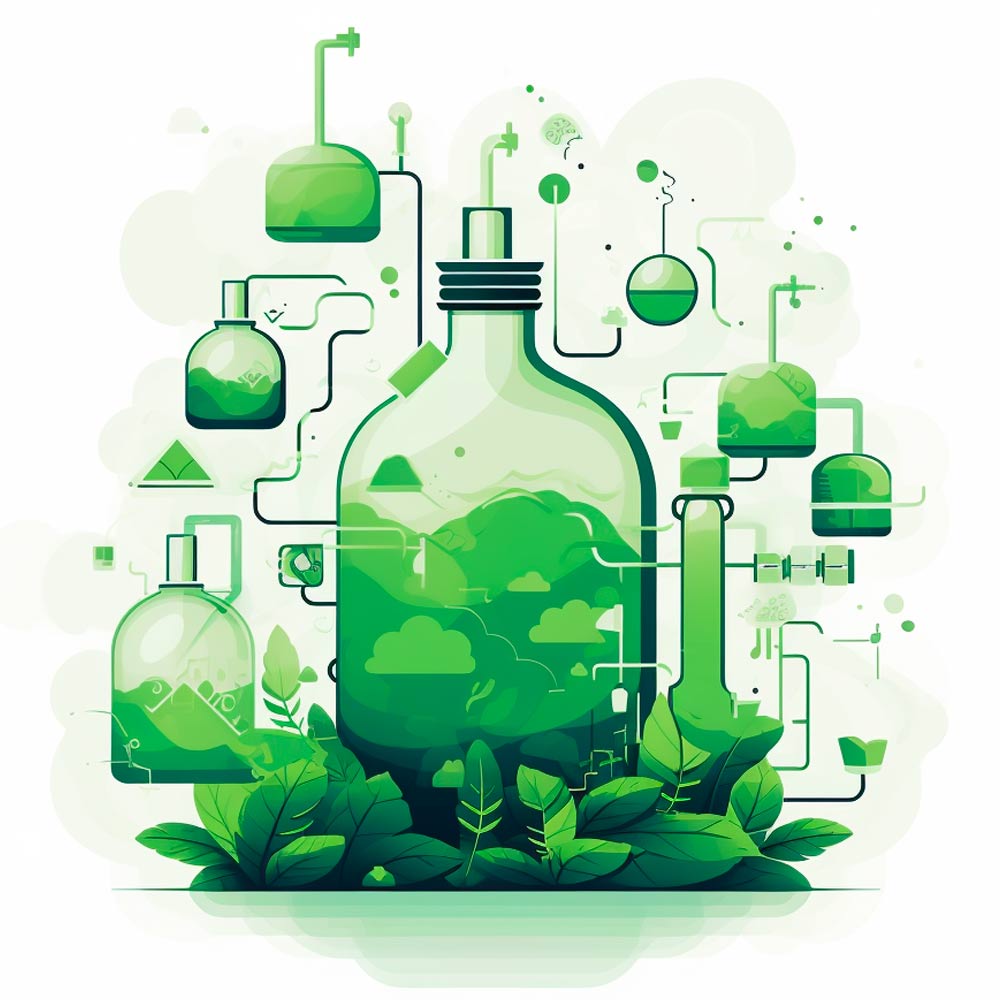Experimental Technology Pulls Green Hydrogen Out of Thin Air

Green hydrogen holds significant promise for the renewable energy sector and the ongoing effort to decarbonize the economy. Given hydrogen’s abundance as the most abundant element in the universe, intensive research is underway to devise methods for its extraction and processing. This hydrogen is classified as green hydrogen when achieved using renewable sources like solar or wind power.
Traditionally, water electrolysis, which splits hydrogen molecules, has been the prevailing method. Nevertheless, alternative strategies are emerging to expedite hydrogen production. Among these methods is air electrolysis, also referred to as DAE (Direct Air Electrolysis), which has proven successful in extracting hydrogen.
How to obtain green hydrogen from air
Conventional water electrolysis, a process that splits oxygen from hydrogen using an electric current, relies on two key components: a freshwater source and an energy supply for optimal execution. In regions with access only to saltwater, such as coastal areas, seawater desalination becomes a prerequisite before electrolysis can occur, resulting in increased production costs. Moreover, many high-potential solar energy regions are characterized by arid or semi-arid conditions with limited water resources.
To circumvent these challenges, one innovative approach is to harness renewable energy resources wherever they are available, irrespective of freshwater availability. In light of this, the concept becomes clear: the atmosphere, a ubiquitous and readily accessible resource, can serve as a solution. This rationale underpins a recent breakthrough technology, spotlighted in the scientific journal Nature, which utilizes direct electrolysis to extract green hydrogen directly from the air.

In a series of experiments conducted by the research team utilizing direct air electrolysis modules, stable production of green hydrogen from the atmosphere was maintained for twelve consecutive days, exclusively powered by electricity generated from solar photovoltaic panels and wind turbines. But what precisely does this technology entail? The DAE modules rely on water but source it from atmospheric humidity, similar to the method discussed in this article about home drinking water dispensers.
With the Earth’s atmosphere housing a staggering 12.9 trillion tons of water at any given time, leveraging this vast reservoir through innovative technologies like the “air harps” mentioned in a previous article could revolutionize clean drinking water access. Moreover, a similar approach holds promise for producing green hydrogen from the atmosphere.
The experiment involved stacking five DAE modules designed to capture atmospheric water, store it, and perform electrolysis using solar energy. The outcome was the production of 1490 milliliters of high-purity hydrogen in a single day. Notably, even after eight months without maintenance, the modules maintained their efficiency almost intact.
Researchers assert that this efficiency level is unprecedented and marks one of the first technologies capable of surpassing the 20 percent efficiency threshold for solar-to-hydrogen conversion set by the U.S. Department of Energy. Consequently, deploying these devices, which can capture atmospheric moisture even in arid conditions like the Sahel desert in Africa, presents an opportunity to generate green hydrogen from the air in developing countries struggling with freshwater scarcity.
What is green hydrogen used for?
Green hydrogen boasts a host of advantages, with its straightforward storage capabilities and impressive calorific value. Its versatility extends to fuel cells and industrial applications, similar to liquefied natural gas usage. Among its prominent applications, we find:
- Integration into industrial processes and ground transportation, exemplified by the Power to Green Hydrogen Mallorca project.
- Deployment in aviation for long-distance flights.
- Promotion of sustainable urban mobility, including cars and even hydrogen-powered bicycles.
- Facilitation of renewable energy storage from sources like solar and wind.
- Implementation of hydrogen boilers for residential use.
For a deeper exploration of green hydrogen’s potential and insights into other renewable energy sources, such as wind, solar, or wave energy, consider subscribing to our newsletter at the bottom of this page.
Source:

